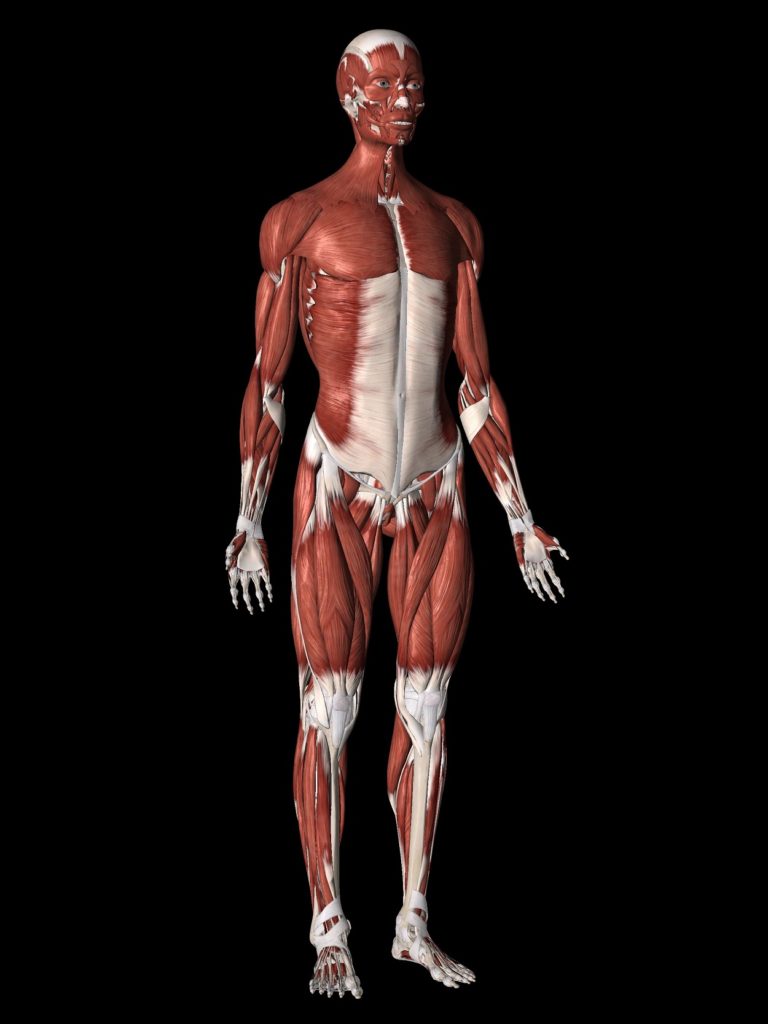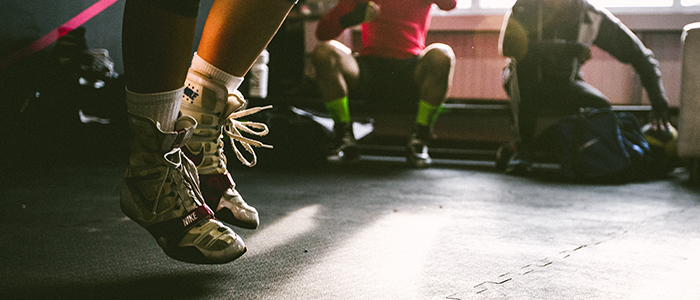How to Cure Long-Lasting Injuries

Dealing with a long-lasting injury can be frustrating, especially when it feels like it’s holding you back from achieving your fitness goals. But healing requires patience, understanding, and the right approach to recovery. Here’s how you can address those stubborn injuries and get back to your best self!
Rest: The Unsung Hero of Recovery
Rest is your body’s most powerful tool for healing. When you’re injured, your muscles, tendons, or ligaments need time to repair themselves. Continuing to push through pain or ignoring the problem can exacerbate the injury, potentially turning something minor into a major setback.
Taking time off doesn’t mean giving up on progress. You can focus on other areas of your body or shift to low-impact activities that don’t aggravate the injury. For example, if you have a shoulder injury, doing light resistance band training may actually help as long as it isn’t painful..
When Rest Isn’t Enough
If an injury persists despite proper rest, it’s a red flag that something more serious might be happening. Long-lasting pain could indicate a tear. Muscle tears, for instance, don’t heal like simple strains; they often require medical intervention such as physical therapy or, in severe cases, surgery.
Signs that your injury may be more serious include:
- Sharp or constant pain that doesn’t improve with rest.
- Swelling or discoloration around the area.
- Weakness or inability to use the affected muscle or joint.
If these symptoms sound familiar, consult a healthcare professional. They can provide a proper diagnosis and guide you on the best recovery plan.
The Role of Active Recovery
While complete rest is essential for acute injuries, active recovery can help in the later stages of healing. Gentle stretching, light mobility exercises, and low-impact movements can promote blood flow to the injured area, speeding up the recovery process. Be cautious and stop immediately if any movement causes pain.
Strengthening Weak Points
After the initial healing phase, it’s crucial to strengthen the muscles and ligaments around the injured area. This not only helps prevent future injuries but also restores balance to your body. Focus on controlled, low-resistance exercises to rebuild strength gradually.
Prevention Is Better Than Cure
Once you’ve recovered, prioritize injury prevention. Incorporate proper warm-ups (I know, it sucks but it’s necessary and worth it), focus on form during workouts, and include rest days in your training routine. Listen to your body—pain is often a warning sign that something isn’t right.
Final Thoughts
Long-lasting injuries are a challenge, but they don’t have to derail your fitness journey. Rest and recovery are non-negotiable, and if rest alone doesn’t help, seek medical advice. With patience and the right approach, you can heal fully and come back stronger than ever. Remember, your body has only one job: to take care of you—so give it the care it deserves.
You Got This!
Subscribe to our newsletter and be the first to find out about new articles.






